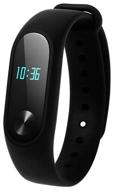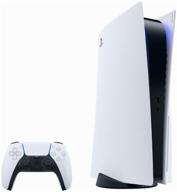
Review on DiCAPac Waterproof Nikon D3000 Underwater by William Anacker

Exceeded my expectations
I expected this product to be much worse than it actually is. For the price you get a truly complete underwater photography experience. That doesn't mean it's easy to use, which it is, but if your goal is to shoot underwater, it's more than enough. First, you'll need at least a couple of dives to really master it. You need to make sure that the edges of the bag's "lens extender" (I don't know what to call it but you can see it in the last photo) are outside the frame. If you don't zoom in or use wide-angle lenses, the edges of the image can often be obscured by the bag. This is because there's always some air in the bag no matter what you're doing, and your lenses won't necessarily line up with the extension. You can deal with the extra buoyancy by making sure you get as much air out as possible before closing the bag or adding weight to tighten certain parts or the entire bag. Sometimes you just have to hold the lenses in your hands, which can get very tiring if you're not very good at swimming and diving. I used a regular 18-55mm lens which was pretty small for this bag. The bag, as many have pointed out, was quite "bulky" for ordinary lenses. On the other hand, I doubt people with more expensive lenses will save money on a dive bag. The picture quality is very good and here I would say that it depends a lot on your camera. Taking photos underwater is not an easy task. Given that you probably won't be seeing your photos underwater (it's very hard to see in the sun and all), those first few shots will probably teach you what settings to use. It's worth noting that *you* can change the settings underwater *under water, but it's still not very easy. On a sunny, cloudless day, I usually set ISO to 800, f5.6 and shutter speed to 2000/s. The shutter speed is very important because the sea is not static. I definitely recommend sacrificing every other shutter speed setting. At the same time, try to keep your images a little darker. It just looks cleaner on my camera, but it's really one of those things where everything depends on your own camera. The lighting is very important because of the shutter speed. Night photography was a big challenge for me, but I didn't have an accurate light source other than my phone's flash in another underwater case. However, it was manageable. You can turn on your camera's flashlight in the bag, but the light will be blocked by the bag's lens extender. You could possibly deal with it by retracting it, I just haven't tried. (Now that I think about it, it most likely works!) Another thing worth noting is that you can actually focus manually, but it's very difficult. Shooting is also very difficult, but the sound is good, at least in the pocket. Yes, I shot with it and had to cut a lot. Durability? Much more durable than I thought. First, be careful NOT to scratch the glass with lenses or anything else. As far as I know, getting a replacement is impossible, and it will *affect* your recordings. Sometimes when focusing at 55m it would hit the glass because my camera was in the wrong place and the buoyancy just resulted in lack of space. I may have made tiny marks, but so far they haven't affected the shots at all. For a while I used a 1.5kg weight to increase the buoyancy of the whole bag (impossible to take photos if there is too much air in it). Over time I realized that if the air is removed as much as possible this isn't necessary and you really need to pay attention to it. In any case, the bag survived a lot of scratches and weight without any problems, although I haven't used it *for a long time*. Overall, at the time of writing this article, I've used the bag for about 24 hours on less than a dozen dives. As for the depth, I think it is recommended not to go below 5 meters. I didn't feel any difference approaching that depth, but I definitely wouldn't recommend going any deeper. Maybe he could go to a depth of 10 meters. Overall I'm very satisfied considering the price. I was an idiot because I ordered from the US and the cost ended up being double this product, but I had a very memorable Croatian summer (and hopefully more!) and made one of my lifelong dreams come true. : Record underwater. I want to reiterate that learning how to use it and get good recordings is a LOT of work. I've never had such a low success rate (3/4 is honestly bad shots and 1/8 is "good" shots) but it was definitely worth it and my accuracy should definitely improve with more dives. .My camera was Nikon D3100.
- Underwater photo
- Low repairability
New products
Comments (0)
Top products in 📸 Underwater Photography

Waterproof Case for DSLR Cameras: DiCAPac WP-S10 Pro Series

9 Review
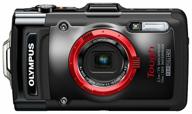
📷 Olympus Tough TG-2 iHS Camera: Unleashing Unmatched Durability and Superior Quality

18 Review
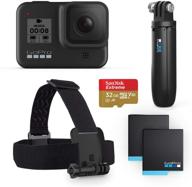
GoPro HERO8 Black Ultimate Bundle - HERO8 Black Camera, Shorty, Head Strap, 32GB SD Card, 2 Rechargeable Batteries

50 Review
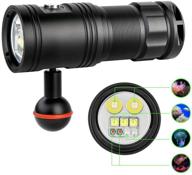
Enhanced TrustFire DF30 150° Diving Photography Video Flashlight – 2350 Lumens Underwater Camera Dive Light with Rechargeable 32650 Battery

10 Review




